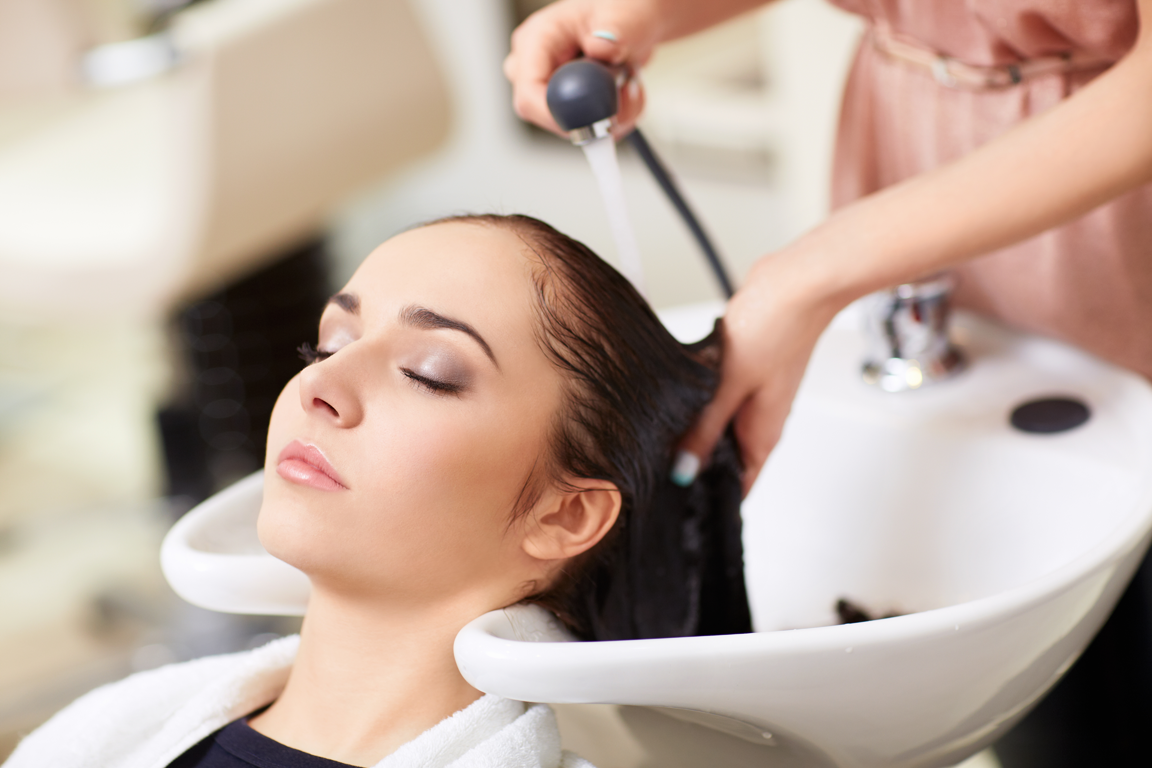Why Hair Care is Important
TABLE OF CONTENT
A Guide to Healthier, Happier Hair
Your hair is one of the first things that people notice about you. Whether you have long, flowing locks or a short and stylish cut, healthy, well-maintained hair can make a big difference in your overall appearance. But hair care isn't just about looking good - it's also essential for keeping your hair healthy and strong. In this article, we'll explore the reasons why hair care is so important, and offer tips for keeping your locks in top condition.

The Benefits of Proper Hair Care
There are many benefits to taking good care of your hair. Here are just a few:
-
Healthy hair is stronger and less prone to breakage. Regular conditioning and moisturizing can help to prevent split ends and breakage, which can make your hair look thin and damaged.
-
Good hair care can help to prevent hair loss. By keeping your scalp healthy and free from dandruff, you can help to reduce hair loss and promote new growth.
-
Proper hair care can improve the overall health of your scalp. A healthy scalp is essential for healthy hair growth, and regular cleansing and conditioning can help to keep your scalp moisturized and nourished.
-
Regular hair care can help to prevent damage from styling and environmental factors. Heat styling, exposure to the sun, and other environmental factors can all damage your hair over time. By taking steps to protect your hair and keep it healthy, you can minimize the damage and keep your locks looking great.
Tips for Healthy Hair
Now that you understand the importance of proper hair care, here are some tips to help you keep your hair looking and feeling great:
-
Choose the right products for your hair type. Whether you have dry, oily, curly, or straight hair, there are products available that are specifically designed for your hair type. Using the right products can help to keep your hair healthy and well-maintained.
-
Avoid heat styling as much as possible. Heat styling tools like flat irons and curling irons can damage your hair over time. Whenever possible, try to let your hair air dry, and use heat styling tools sparingly.
-
Don't forget to condition! Regular conditioning can help to keep your hair moisturized and healthy. Be sure to choose a conditioner that is appropriate for your hair type.
-
Protect your hair from the sun. Exposure to the sun can damage your hair and cause it to become dry and brittle. If you're going to be spending time outside, be sure to wear a hat or use a hair product that contains UV protection.
Taking care of your hair is essential for keeping it healthy and strong. By following the tips in this article, you can help to keep your hair looking great for years to come. So don't forget to give your locks the love and attention they deserve - your hair will thank you for it!

Exploring the Different Forms of Hair
Hair is an essential feature of human anatomy that comes in a variety of shapes, textures, and colors. Understanding the different forms of hair can help you better care for and style your hair. In this article, we will explore the various types of hair and their unique characteristics.
Straight Hair
-
Straight hair is the most common hair type and is characterized by its smooth texture that falls flat and has no curl or wave. This type of hair is generally easy to manage and style, but it can become oily quickly due to its tendency to lie flat against the scalp.
Wavy Hair
-
Wavy hair is a mixture of straight and curly hair types, characterized by its subtle bends and curves that create a natural wave pattern. This type of hair tends to be thick and coarse, and it requires proper conditioning to maintain its shape.
Curly Hair

-
Curly hair has a distinct S or spiral shape and is prone to frizz due to its high porosity. This hair type can range from loose waves to tight coils, and it requires special care to maintain its shape and moisture balance.
Oily Hair
-
Coily hair, also known as kinky hair, is tightly coiled and has a natural zig-zag pattern. This hair type is the most fragile and prone to breakage due to its tight curls, and it requires regular deep conditioning to maintain its moisture levels.
Fine Hair
-
Fine hair is characterized by its thin strands and lack of volume. This hair type tends to be prone to breakage and requires gentle handling when styling to avoid damage.
Thick Hair
-
Thick hair is characterized by its fullness and density, with strands that are wide and strong. This hair type requires more time and effort to style, but it is less prone to breakage and damage.
Frizzy Hair
-
Frizzy hair is characterized by its unruly texture and tendency to become poofy or frizzy in humid conditions. This hair type requires proper moisturizing and conditioning to manage frizz and maintain a smooth, defined shape.

Conclusion
Understanding the different forms of hair can help you better care for and style your hair. By identifying your hair type, you can select the appropriate products and techniques to maintain its health and appearance. Whether you have straight, wavy, curly, oily, fine, thick, or frizzy hair, embrace its unique characteristics and style it with confidence.


You must be logged in to post a comment.